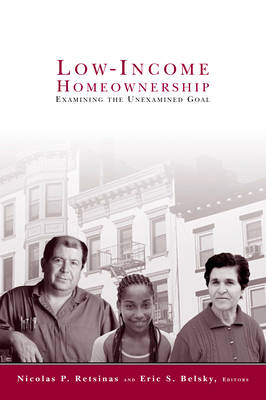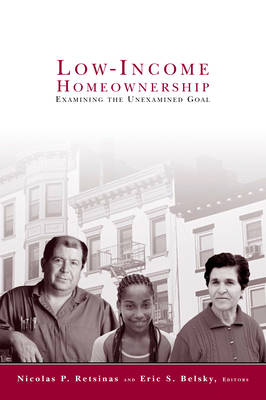
- Retrait gratuit dans votre magasin Club
- 7.000.000 titres dans notre catalogue
- Payer en toute sécurité
- Toujours un magasin près de chez vous
- Retrait gratuit dans votre magasin Club
- 7.000.0000 titres dans notre catalogue
- Payer en toute sécurité
- Toujours un magasin près de chez vous
Low Income Homeownership
Examining the Unexamined Goal
Description
A generation ago little attention was focused on low-income homeownership. Today homeownership rates among under-served groups, including low-income households and minorities, have risen to record levels. These groups are no longer at the margin of the housing market; they have benefited from more flexible underwriting standards and greater access to credit. However, there is still a racial/ethnic gap and the homeownership rates of minority and low-income households are still well below the national average. This volume gathers the observations of housing experts on low-income homeownership and its effects on households and communities. The book is divided into five chapters which focus on the following subjects: homeownership trends in the 1990s; overcoming borrower constraints; financial returns to low-income homeowners; low-income loan performance; and the socioeconomic impact of homeownership.
Spécifications
Parties prenantes
- Editeur:
Contenu
- Nombre de pages :
- 495
- Langue:
- Anglais
- Collection :
Caractéristiques
- EAN:
- 9780815706144
- Date de parution :
- 14-08-02
- Format:
- Livre relié
- Format numérique:
- Genaaid
- Dimensions :
- 152 mm x 229 mm
- Poids :
- 56 g

Les avis
Nous publions uniquement les avis qui respectent les conditions requises. Consultez nos conditions pour les avis.





